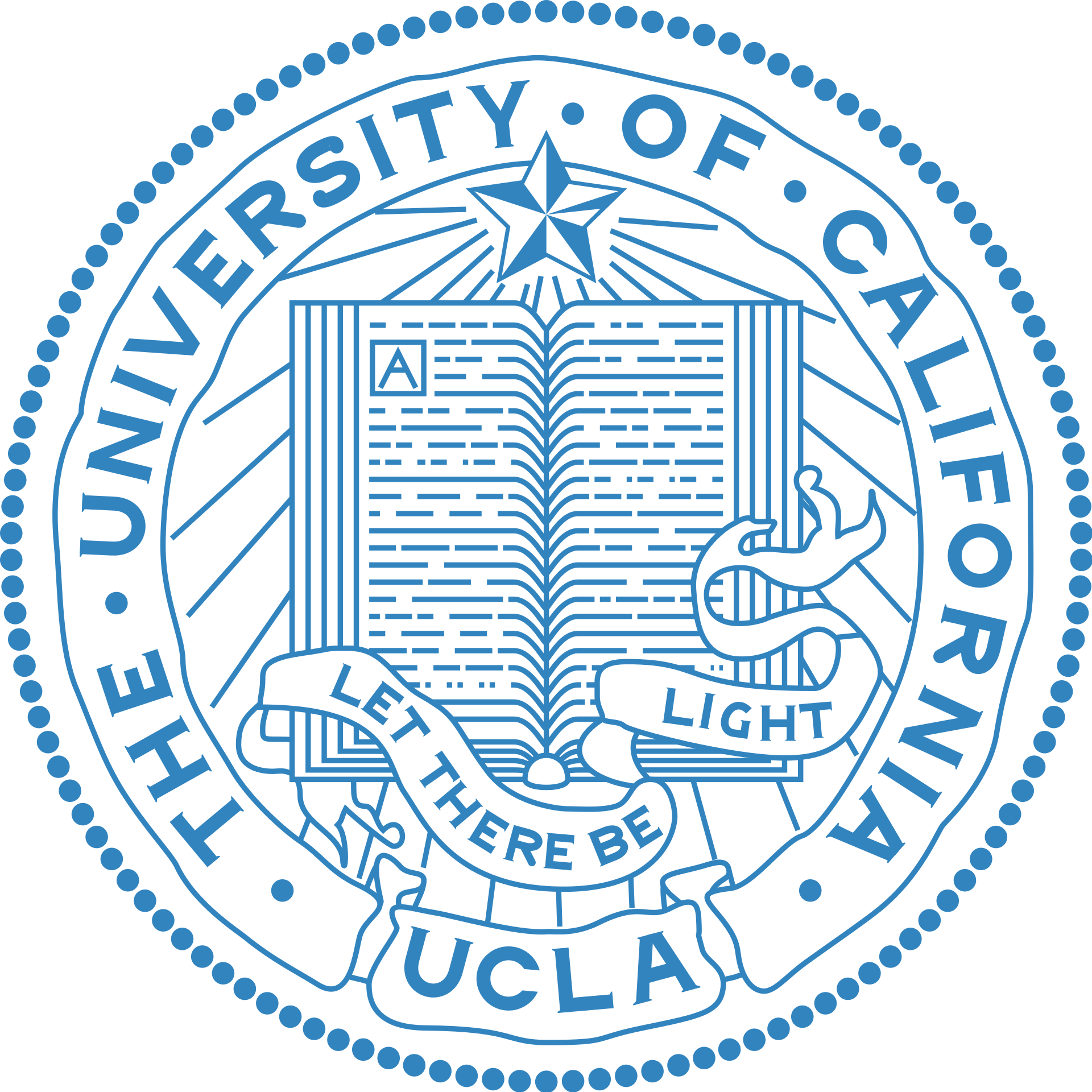Bringing together an international community to address modern problems with sophisticated mathematics
Remember sitting in the back of your math class and wondering, “why does this matter?” Surprisingly, scientists investigating some of the most advanced technologies and pressing problems today continue to question the same thing. Many researchers can develop sophisticated tools for the future but lack a background in mathematics to integrate their work with math to create the best possible solution. The Institute for Pure and Applied Mathematics (IPAM) is an NSF Math Institute at the University of California, Los Angeles, that believes “math changes everything.” IPAM holds workshops and programs that bring together scientifically diverse groups, who then develop new collaborations and new research directions. These include topics such as virtual surgery, digital humanities, new materials for energy, machine learning, and social networking. Thus, by answering the age-old questions of why math matters, and helping scientists from a variety of fields to come together, IPAM is the key component in many of the most exciting developments today.
IPAM begins by selecting topics that are important scientifically and where math is going to make a difference. In fact, often, math has not yet been applied to the questions investigated during their programs and workshops that last from one day to three months. By bringing in about 1000 people each year, from undergraduates to Nobel Prize Laureates from all over the world, IPAM offers the opportunity for cross-disciplinary and international discovery. With ongoing projects and new activities each day, projects typically take three to six years to mature and get significant results. Thus, IPAM is unique for initiating some of the most innovative fields of applied mathematics, including compressed sensing, machine learning for materials science, and computational humanities.
Current research initiatives include:
-
Machine Learning: IPAM brings together the leaders in machine learning and materials science to add something new to the scientific conversation. While machine learning has advanced society, through speech recognition and social network analysis among other things, IPAM is helping to make sense of why machine learning works so well and how to make it even better.
-
Sparsity and Compressed Sensing: Basic and applied research are often viewed as two ends of a spectrum. IPAM brings them together by using pure mathematics to solve applied problems. Thus far, IPAM has already had large success in the world of medical imaging. In fact, researchers at IPAM found that patients can cut the amount of time they spend in an MRI or CAT scan machine by as much as 80% and still achieve the same level of accuracy. These advances will help save time for medical professionals, and more importantly, they can reduce the treatment time, which lowers discomfort and radiation exposure for patients.
-
Life Sciences: Research collaborations built at IPAM are working to improve virtual surgery and surgical training, by developing sophisticated mathematical tools that enable this technology. This research at IPAM may lead to improved surgical simulators for training surgeons, which can be more realistic than traditional methods which work with cadavers.
-
Civil Systems: IPAM researchers are developing programs in civil systems with a plethora of thrusts, such as optimizing the electric grid and making sense of traffic problems. For instance, their most recent project enlists a diverse group of scientists that will spend three months to address traffic congestion and prediction. The IPAM team has recognized that while recent technologies help users to navigate around traffic situations, they are not yet able to predict future traffic patterns or make an attempt to change traffic patterns. IPAM is working to overcome both hurdles.
Bio
IPAM began as a national mathematics institute at UCLA in 2000, with the realization that there are many new applications like big data, machine learning, bioinformatics, and more that underutilize math. For many scientists, mathematics seems to be conducted only for its own sake, but IPAM has overcome this perception by integrating the sophistication of mathematics and the problems facing today’s society to develop real-world solutions. IPAM occupies its own building, originally designed by Frank Gehry in the 1970’s, whose unique architecture and open spaces strongly encourage collaboration. With faculty and researchers invited to participate, IPAM brings together unexpected collaborations with outstanding results.
Website: www.ipam.ucla.edu
In the News
Publications
Videos
Awards
NSF Competition
IPAM won a national competition by the NSF for a new math institute in 2000, and was then successfully renewed in 2005, 2010 and 2015. In the reviews for these competitions, IPAM was called a “national treasure".


